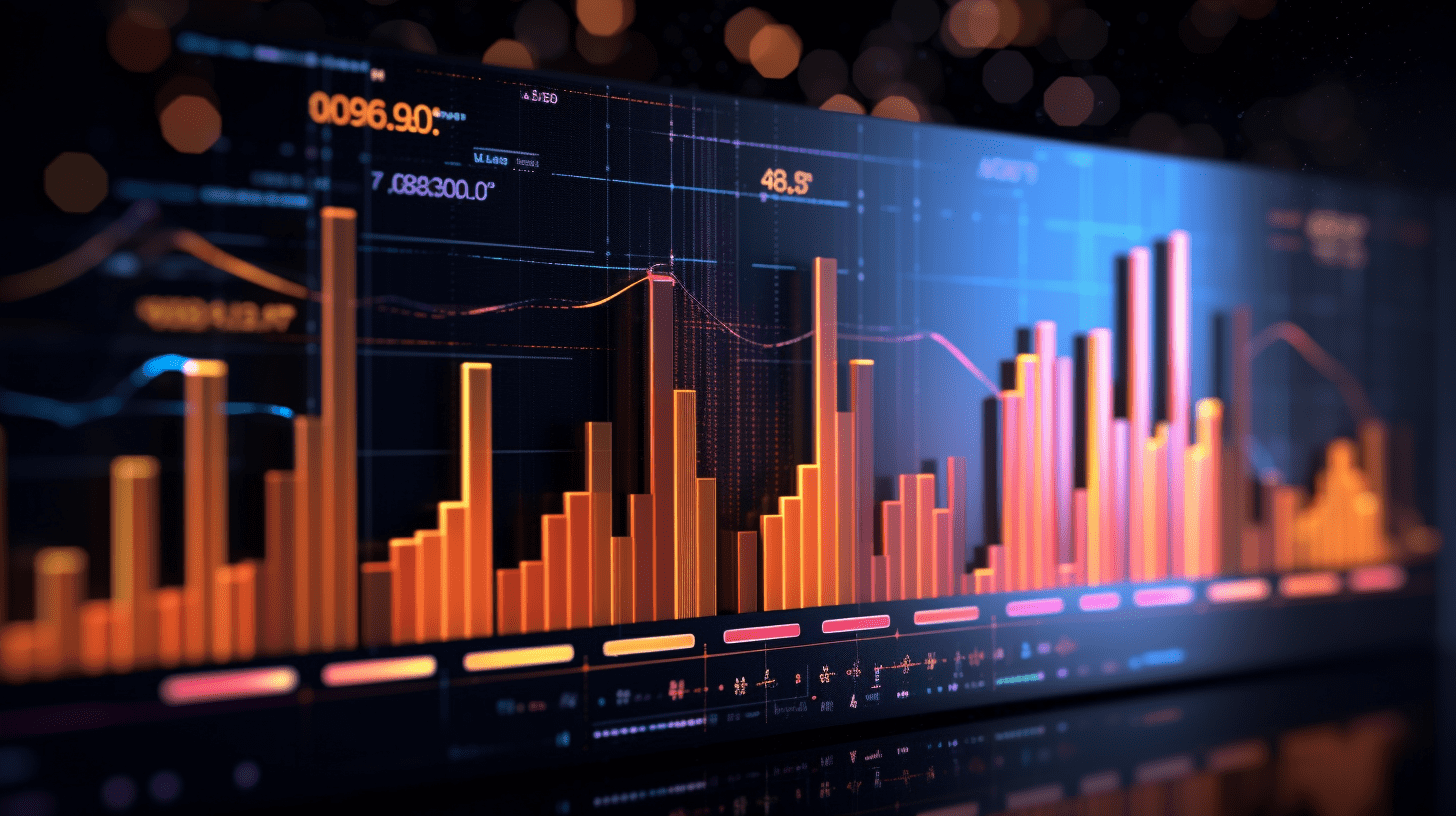Under the shadow of tariffs, the U.S. stock market flashes a "buy" signal. Wall Street remains cautiously optimistic.
Usually, when the market sentiment towards the US stock market becomes so pessimistic, volatility increases, and analysts significantly lower their return expectations, it means that risk-taking investors will enter the market one after another. However, Wall Street insiders warn that the above strategy may not be suitable due to the uncertainty of tariff policies and economic data.
Usually, when the sentiment in the market towards the US stock market becomes so pessimistic, volatility increases, and analysts significantly lower their return expectations, it means that risk-taking investors will enter the market one after another. However, Wall Street insiders warn that the above strategy is not applicable due to the uncertainty of tariff policies and economic data.
For HSBC HOLDINGS' Chief Multi-Asset Strategist Max Kettner, this is the first time in many years that he has ignored his usual focus on positions and sentiment indicators and underestimated the possibility of a rebound.
Kettner said: "I advise clients to ignore such signals at the moment, as policy uncertainty remains high and is unlikely to disappear soon."
Investors are facing a new reality: reliable buying indicators have been shattered by the unpredictable policy statements from the White House, making it almost impossible to predict the next move in the stock market.
"Buy" signal flashing
To some extent, investors are extremely pessimistic, often providing opportunities for bottom buyers.
A highly anticipated survey by the American Association of Individual Investors shows that the bearish sentiment indicator has reached 50% or above for nine consecutive weeks, setting a record. Since 1987, there have been only three periods when market sentiment was so bad, with mixed feelings about the subsequent stock market trend.
S&P 500 index remains uncertain
Bespoke Investment Group co-founder Paul Hickey said: "Things are getting worse during this time. Now investors are still worried because the soft economy seems to be inevitable."
US Bank strategists led by Michael Hartnett believe that the recent gains are painful trades that will squeeze the stock market higher. They advise clients to sell on rallies and warn that the conditions for continued gains are not yet in place. As the risks of recession and inflation intensify, trade policies may continue to drive investors out of the US stock market.
A recent survey by US Bank found that fund managers are "extremely pessimistic" about the macro environment - this pessimism historically signals a market reversal. However, based on the positions of fund managers, they are "not completely bearish on the market," which means there is still room for further declines in the stock market.
The buy signal is even stronger. BMO Capital Markets states that negative return revisions are a reliable leading indicator of past stock market rallies, and other similar indicators include investors' pessimistic expectations, falling price-to-earnings ratios, and risk aversion caused by increased volatility. The company estimates that historically, these indicators signal an average return rate of at least 10% over the next year.
Wall Street remains skeptical
Currently, despite retail investors continuing to buy, Wall Street remains skeptical. According to fund flow monitoring by Deutsche Bank, institutional investors remain neutral on the market as they are "caught between escalating macro concerns and potential trade easing".
Until the White House makes clearer statements, the US stock market will remain in an unsettling state of uncertainty.
Dave Mazza, CEO of Roundhill Investments, said: "You have to figure out how to price tariffs, which is almost impossible - if companies can't model it, how can investors predict it?"
He also said: "Indicators such as the put-to-call ratio and the proportion of stocks at 52-week lows are not indicating a 'buy.' Therefore, the market situation is mixed, and the bottom remains difficult to determine."
Related Articles

Analyst: Gold's peak risk intensifies, silver welcomes breakthrough opportunities.

The negative consequences of the trade war are evident as demand for US ports and air freight sharply decreases.

Under the impact of the trade war, oil prices collapsed, prompting Canadian drilling companies to shift focus to natural gas.
Analyst: Gold's peak risk intensifies, silver welcomes breakthrough opportunities.

The negative consequences of the trade war are evident as demand for US ports and air freight sharply decreases.

Under the impact of the trade war, oil prices collapsed, prompting Canadian drilling companies to shift focus to natural gas.

RECOMMEND
.png)
Super week is coming! Non-farm payrolls clash with tech giants' financial reports. Can the rebound momentum in the US stock market continue?
28/04/2025

Options market warns of a bearish reversal, is the gold bull market myth cracking?
28/04/2025

Ministry of Commerce and 5 other departments: Lowering the departure tax refund starting point to optimize departure tax refund payment services.
27/04/2025


